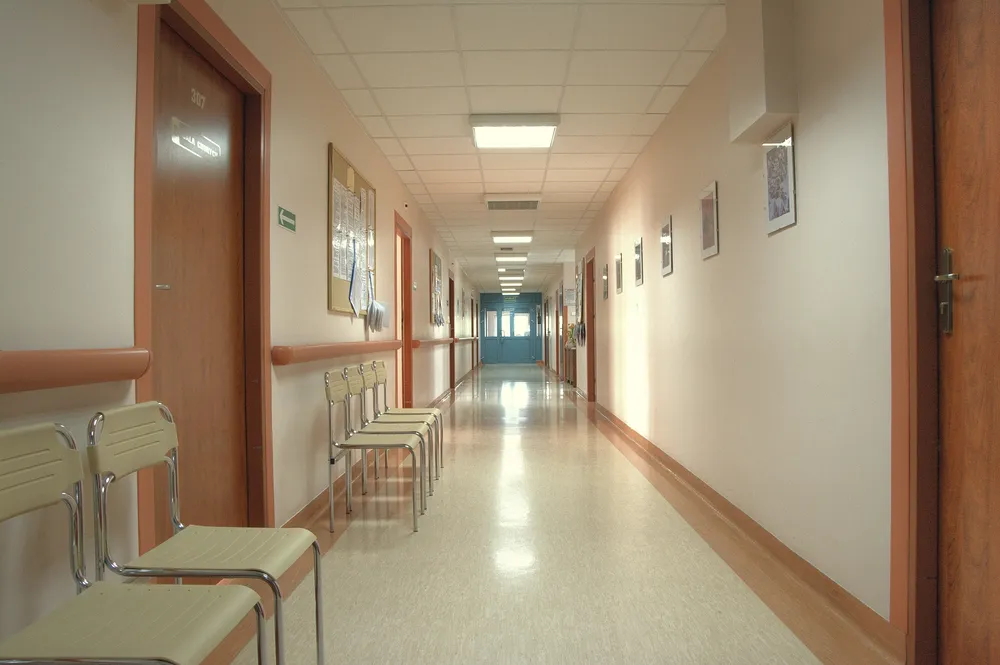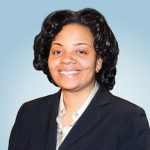State Still Faces Nursing, Health Care Worker Shortage
New report finds many unfilled job openings in 8 of 18 professions hospitals employ.
Wisconsin continues to need many more nurses and other health professionals than are currently working in the state, according to a report released Monday.
The workforce shortage that strained hospitals and other health care providers during the COVID-19 pandemic has eased somewhat, but remains a pressing challenge that could cast a shadow for decades, says the Wisconsin Hospital Association (WHA), which produced the report, an annual project for the trade association.
“We have to grow our workforce faster,” Ann Zenk, WHA senior vice president for workforce and clinical practice, told the Wisconsin Examiner. Without new policy interventions inside the industry as well as outside it, “it is not going to grow fast enough to keep up with the increasing health care demand.”
A “silver tsunami” will crest in 2030, when the youngest of the aging Baby Boom generation reaches retirement age, the report says. Nationally, one in five people will be 65 or older by then. In Wisconsin, that’s already true. One out of four state residents will have crossed that age threshold by 2030, according to the report.
That consumer market bubble will affect all industries in one way or another, but for most of the economy it will pass in a decade or so. Not for health care, however. “With life expectancy increasing, that health care demand is going to challenge hospitals and health systems for decades after the surges of retirement,” Zenk said.
While the growing number of older Wisconsinites will need more demanding and complex medical care, in certain health professions a large share of employees are 55 or older — expected to retire in the next decade while fewer young trainees are joining the field or waiting in the wings. That could leave significant gaps for hospitals needing licensed practical nurses, nurse anesthetists, respiratory therapists, medical records technicians and lab technologists, according to the report.
The report makes four broad recommendations, directed to policymakers as well as to educators, employers and health care professionals. It calls for
- Creating, expanding and supporting educational and occupation pathways to attract new people to work in health care professions;
- Reducing what the report says are barriers to entering health care professions. The report makes an appeal for changes in regulation and in payment practices on the part of government and private insurance plans as well as efforts to reduce employee burnout;
- Changing policies, practitioner standards and payment practices to “allow health care professionals and teams to reach their full potential”;
- Changing how technology is used in ways that help patients and health care workers.
Zenk said a task force launched by Gov. Tony Evers and chaired by Lt. Gov. Sara Rodriguez, a career registered nurse, to address health care workforce problems across the state is encouraging. She highlighted its inclusion of hospital and health care systems executives who “understand hospitals and health systems and who know what’s necessary — but also what might be well intentioned but have the wrong impact.”
Some improvement, but more needed
The report relies on data collected through September 2022. By then, the report states, the rate of unfilled job openings that had shot up in the first two years of the pandemic was stabilizing but remained critically high in eight of 18 professions that hospitals employ.
Those include registered nurses (RNs), who account for more than half of all hospital employees. In the report’s 2022 time frame, more than 10% of listed RN jobs were unfilled in Wisconsin, and the hiring process to recruit a new nurse in the Midwest was taking more than 100 days.
Zenk said in an interview that subsequent national data as well as information that WHA has received from member hospitals show some improvement through 2023. Hospitals are relying less on temporary agencies to supply staff, she said. Enrollment in technical college and undergraduate programs for health care professionals has begun to increase.
Hiring still takes a long time. “We’re still experiencing critical shortages in frontline technical positions,” said Zenk. “The nursing shortage is still here, but it’s easing up a little since 2020.”
Hospitals have relied on nursing homes to provide long-term care for patients ready to be discharged from the hospital but not ready to go straight home.
In Wisconsin, however, the number of available licensed nursing home beds has fallen sharply in the last two years — to 26,000 in 2024 from 46,000 2022, according to the state health department. Meanwhile the number of people who are elderly, blind or disabled and on Medicaid — candidates for nursing home care — has grown to 270,000 from 146,000 two years ago.
That’s created a bottleneck that adds to the strain of too few health care workers. “There are anywhere between 300 and 450 or more patients across the state in hospitals waiting for post-acute-care placement,” Zenk said. “That’s a big deal.”
In nursing homes the largest group of workers are certified nursing assistants (CNAs), Zenk said, and while hospitals are trying to expand the pool of registered nurses, nursing homes will need to expand the pool of CNAs.
There are also shortages of primary care physicians and other providers, which leaves some people without access to medical care when they need it, leading them to fall back on hospital-based emergency and urgent care services, Zenk said.
Seeking solutions
To address those and other health care workforce shortages, the report suggests that health systems and hospitals — aided by government policymakers, schools and colleges, employers and others — will need to take a variety of approaches to expand the pipeline for more people to enter health professions.
Those include working more closely with schools to expose students to health care professional opportunities even before they graduate from high school. The hospital association and the Wisconsin chapter of Health Occupations Students of America (HOSA), a nonprofit for students interested in pursuing health care careers, launched “So Many Options,” a social media project, in February to raise the profile of health care occupations.
The report also urges expanding and revising professional training. One example is a pilot registered nurse apprenticeship program licensed in 2023 by the state Department of Workforce Development.
“We need more nursing instructors, but we also need more flexibility of who can provide classroom instruction [and] clinical oversight for students,” Zenk said.
As a success story, she pointed to the state’s “Grow Your Own” program, first launched in 2011, which gives grants to support residency programs for graduating medical students. The 2023-25 state budget expanded the program by $5 million for allied health professions.
In order to help attract and keep more workers, the report encourages hospitals and health care employers to adjust to changing worker demands and standards.
Health care systems in the state are already working in their communities to expanding child care, transportation, housing and elder care resources, the report states. It calls on health care professionals along with educators, elected officials and others to collaborate on ways to “provide the flexibility, predictability and time off that are becoming increasingly important workforce expectations.”
The report also blames a variety of administrative burdens, including unspecified regulations and increased documentation demands that have required more information to be entered in electronic medical records that are now standard in every health care setting. Those have exacerbated the workforce shortage by contributing to employee burnout, the report suggests.
“Absolutely we want safe, high-quality care,” Zenk said, but she argued that some regulations don’t actually contribute to that end. “The intention is great, but the impact on clinicians and patients Is burdensome,” she said. “Decreasing those will help with burnout.”
Report finds continued workforce struggles for hospitals and health care was originally published by Wisconsin Examiner.























One of the freebies offered in Health Care is
easy, unlimited access to the VAERS Smorgasbord.
No registration – shedding takes care of it.
Just show up & mingle,